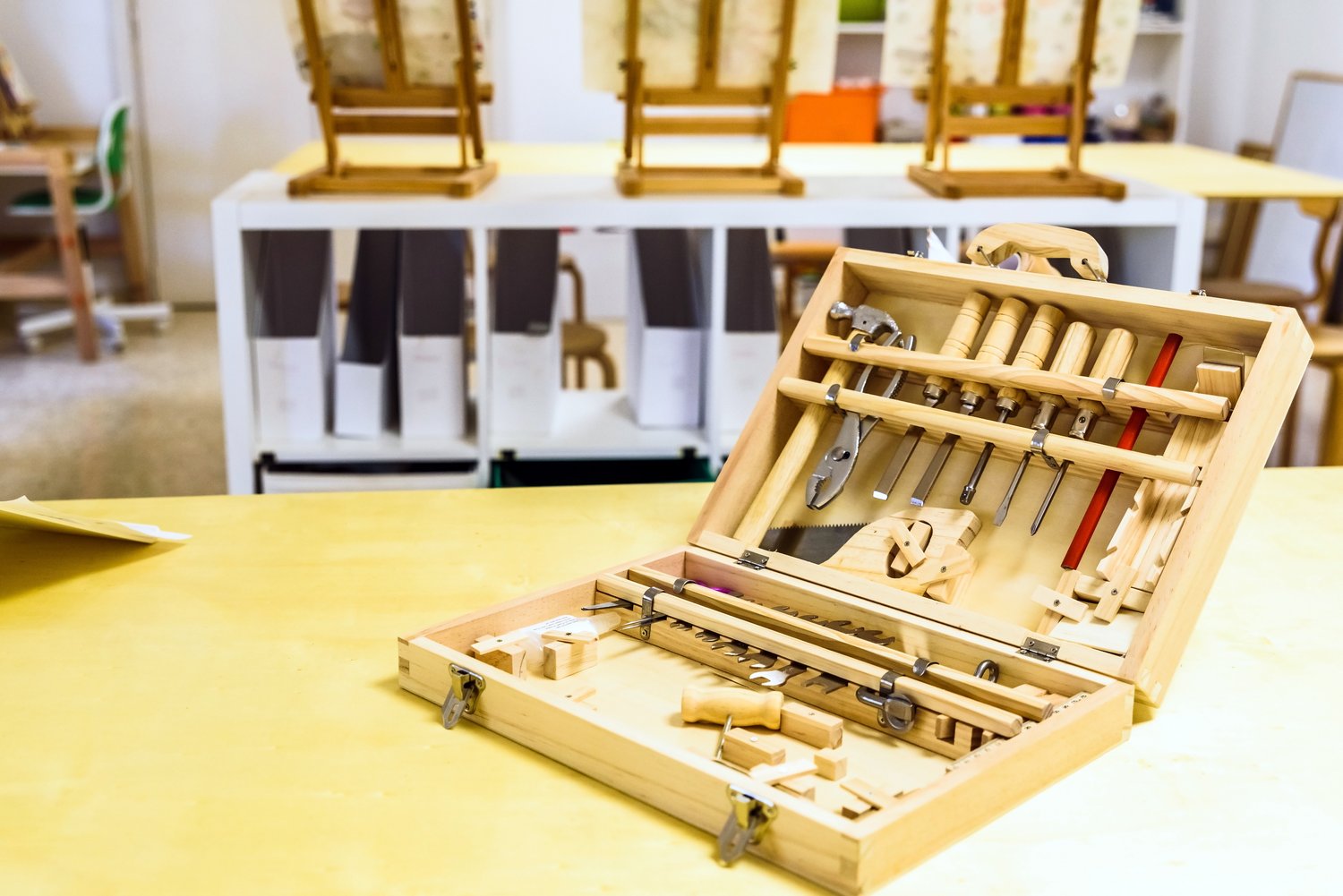Understanding the basics of woodworking tools
Woodworking is a rewarding hobby that requires the right tools. Beginners often feel overwhelmed by the variety of equipment available. This guide will help you understand the essentials. Woodworking tools come in many shapes and sizes, each serving a specific purpose. Hand tools are crucial for detailed work, while power tools increase efficiency. Quality matters more than quantity when starting out. Investing in a few well-made tools is better than buying many cheap ones.
Safety should always be your top priority when working with wood. Proper protective gear, including safety glasses and hearing protection, is essential. Regular maintenance of your tools ensures their longevity and performance. Clean and sharpen your tools after each use. Store them in a dry place to prevent rust. Learning to use each tool correctly will improve your craftsmanship and reduce the risk of accidents.
The most basic woodworking tools include saws, chisels, and planes. A good handsaw is versatile and perfect for beginners. Chisels come in various widths and are used for cutting and shaping wood. Planes help smooth and level wooden surfaces. These three tools form the foundation of any woodworker’s toolkit. Mastering their use will greatly enhance your woodworking skills.
Essential power tools for woodworking projects
Power tools significantly speed up woodworking tasks. The most versatile power tool is a drill. It’s used for making holes and driving screws. A cordless drill offers mobility, while a corded one provides constant power. Choose based on your needs and workspace. Circular saws are excellent for making straight cuts in various materials. They come in different sizes, with 7¼-inch blades being the most common.
Jigsaws are perfect for cutting curves and intricate shapes. They can also make straight cuts but are less precise than circular saws. Sanders are essential for smoothing wood surfaces. There are three main types: belt, orbital, and random orbital. Each has its advantages depending on the task. A router is another versatile tool used for creating decorative edges, grooves, and joints.
When selecting power tools, consider factors like power output, ergonomics, and safety features. A 20V cordless drill is sufficient for most home projects. For sanders, look for models with variable speed control. Dust collection systems are important for maintaining a clean workspace and protecting your lungs. Always read the manufacturer’s instructions before using any power tool. Proper training and practice will help you make the most of these powerful Woodworking tools.
Safety measures and best practices in woodworking
Tools and OHS (Occupational Health and Safety) are crucial aspects of woodworking. Always wear appropriate personal protective equipment (PPE). This includes safety glasses, hearing protection, and dust masks. Steel-toed boots protect your feet from falling objects. Avoid loose clothing that could get caught in machinery. Tie back long hair and remove jewelry before working.
Proper tool maintenance is essential for safety and efficiency. Keep cutting tools sharp to reduce the force needed and minimize accidents. Inspect power cords regularly for damage. Replace worn-out parts promptly. Clean your workspace after each session to prevent slips and falls. Good lighting is crucial for accurate and safe work. Use task lighting to illuminate your workpiece and reduce eye strain.
Develop safe work habits to prevent accidents. Always disconnect power tools when changing blades or bits. Use push sticks and featherboards when working with table saws. Never reach across a running blade. Keep your fingers away from cutting edges. Take breaks to avoid fatigue, which can lead to mistakes. Learn proper lifting techniques to protect your back when handling heavy materials. By following these guidelines, you’ll create a safer woodworking environment.





